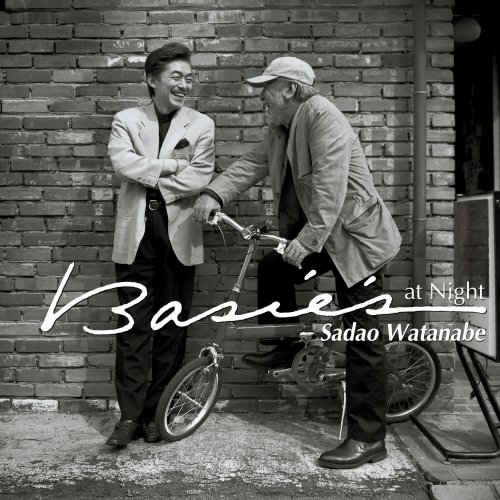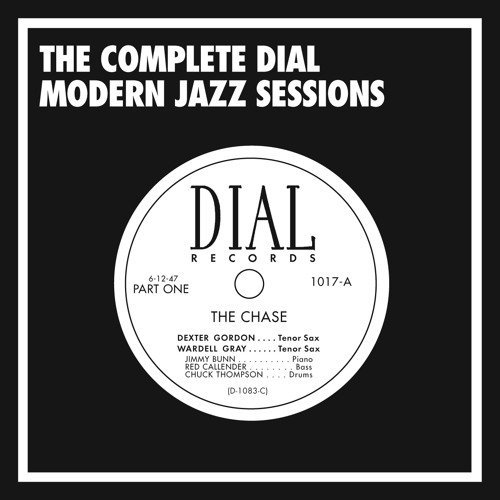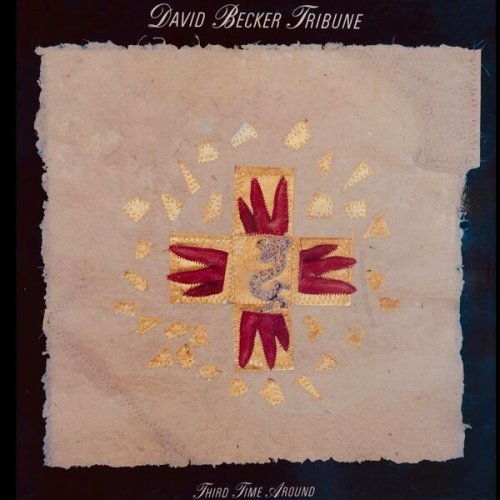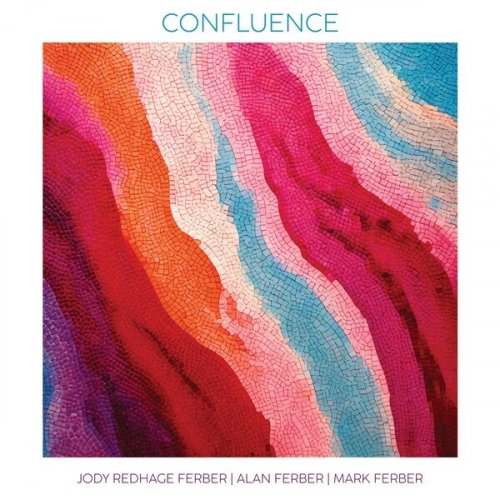Claudio Arrau - Claudio Arrau plays Beethoven (2021)

Artist: Claudio Arrau
Title: Claudio Arrau plays Beethoven
Year Of Release: 2021
Label: UMG Recordings, Inc.
Genre: Classical
Quality: FLAC (tracks)
Total Time: 3:04:14
Total Size: 567 MB
WebSite: Album Preview
Tracklist:Title: Claudio Arrau plays Beethoven
Year Of Release: 2021
Label: UMG Recordings, Inc.
Genre: Classical
Quality: FLAC (tracks)
Total Time: 3:04:14
Total Size: 567 MB
WebSite: Album Preview
01. 1. Grave - Allegro di molto e con brio
02. 2. Adagio cantabile
03. 3. Rondo (Allegro)
04. 1. Allegro assai
05. 2. Andante con moto
06. 3. Allegro ma non troppo
07. 1. Allegro con brio
08. 2. Introduzione (Adagio molto)
09. 3. Rondo (Allegretto moderato - Prestissimo)
10. 1. Largo - Allegro
11. 2. Adagio
12. 3. Allegretto
13. 1. Vivace, ma non troppo - Adagio espressivo - Tempo I
14. 2. Prestissimo
15. 3. Gesangvoll, mit innigster Empfindung (Andante molto cantabile ed espressivo)
16. 1. Moderato cantabile molto espressivo
17. 2. Allegro molto
18. 3. Adagio ma non troppo - Fuga (Allegro ma non troppo)
19. 1. Das Lebewohl (Adagio - Allegro)
20. 2. Abwesendheit (Andante espressivo)
21. 3. Das Wiedersehn (Vivacissimamente)
22. 1. Andante - Allegro - Tempo I
23. 2. Allegro molto e vivace
24. 3. Adagio con espressione
25. 4. Allegro vivace - Tempo I - Presto
A patrician artist whose matinee-idol appearance was as elegant as his playing, Claudio Arrau achieved a major reputation for his performances of Brahms and Liszt. Indeed, few Romantic-period composers, from Beethoven onward, were beyond his grasp. In addition to that repertory, his Debussy was regarded by many connoisseurs as exemplary. Arrau believed that his abiding interest in psychoanalysis aided him in probing the intent of those whose works he performed. Certainly, Arrau's performances were marked by a balance between heart and intellect.
Arrau was born in Chillán, Chile, on February 6, 1903. He received piano instruction from his mother at an early age, making his debut performance in Santiago at the age of five playing Mozart, Beethoven, and Chopin. At the age of 10 the Chilean government sent him to Berlin, where he enrolled in Stern's Conservatory of Music. His teacher there was Martin Krause. While studying he entered competitions, and won the Ibach Prize and the Gustav Holländer Medal. He also began giving recitals in Germany and Scandinavia, earning excited comment over the excellence of his technique, and the maturity of his interpretations. In 1918 he made a major European tour, giving concertos accompanied by illustrious conductors such as Nikisch, Furtwängler, and Mengelberg. He returned to South America in 1921, and made a triumphal tour beginning in Santiago de Chile. He made his first North American tour in 1924, appearing with the Boston Symphony Orchestra and the Chicago Symphony Orchestra. He joined the faculty of the Stern Conservatory in 1924. He won the Grand Prix Internationale des Pianistes in Geneva in 1927, and toured in the Soviet Union in 1929, and again in 1930.
He continued a notable concertizing career throughout the 1930s, including a famous series in 1935 and 1936 in Berlin, in which he played the complete keyboard works of J.S. Bach followed by the complete keyboard works of Mozart. He then announced that he would no longer play Bach, asserting that his music was not conceived for the modern grand piano. In 1938 he played all of the Beethoven piano sonatas and five piano concertos in a series of recitals in Mexico City, and repeated the feat during the next two years in Buenos Aires and Santiago. When World War II broke out he ended his association with the Stern Conservatory and returned to Chile, founding a piano school there. But the next year, after a tour of the United States where he received the highest critical acclaim, he and his family moved permanently to New York. He devoted himself to concertizing, teaching, and recording. His complete Beethoven cycles became legendary; in 1952 he performed such a series, in which each recital was broadcast live by the BBC.
After World War II his concert tours included Australia, Czechoslovakia, Romania, India, South Africa, Israel, and Japan. In the 1960s he made definitive recordings of the complete Beethoven piano sonatas; he also supervised the editing and publication of an Urtext edition of the same sonatas. In the 1970s, Chile, which had enjoyed a record as one of South America's most democratic nations, fell to the military government of Pinochet. In protest, Arrau gave up his Chilean citizenship in 1978, and became a naturalized citizen of the U.S. Despite this, or perhaps because of it, he continued to be a revered figure in Chile; in 1983 he was awarded the Chilean National Arts Prize. He returned at the age of 81 to tour Chile in 1984, his first performances there in 17 years. He died in Mürzzuschlag, Austria, on June 9, 1991. ~ Rovi Staff
Arrau was born in Chillán, Chile, on February 6, 1903. He received piano instruction from his mother at an early age, making his debut performance in Santiago at the age of five playing Mozart, Beethoven, and Chopin. At the age of 10 the Chilean government sent him to Berlin, where he enrolled in Stern's Conservatory of Music. His teacher there was Martin Krause. While studying he entered competitions, and won the Ibach Prize and the Gustav Holländer Medal. He also began giving recitals in Germany and Scandinavia, earning excited comment over the excellence of his technique, and the maturity of his interpretations. In 1918 he made a major European tour, giving concertos accompanied by illustrious conductors such as Nikisch, Furtwängler, and Mengelberg. He returned to South America in 1921, and made a triumphal tour beginning in Santiago de Chile. He made his first North American tour in 1924, appearing with the Boston Symphony Orchestra and the Chicago Symphony Orchestra. He joined the faculty of the Stern Conservatory in 1924. He won the Grand Prix Internationale des Pianistes in Geneva in 1927, and toured in the Soviet Union in 1929, and again in 1930.
He continued a notable concertizing career throughout the 1930s, including a famous series in 1935 and 1936 in Berlin, in which he played the complete keyboard works of J.S. Bach followed by the complete keyboard works of Mozart. He then announced that he would no longer play Bach, asserting that his music was not conceived for the modern grand piano. In 1938 he played all of the Beethoven piano sonatas and five piano concertos in a series of recitals in Mexico City, and repeated the feat during the next two years in Buenos Aires and Santiago. When World War II broke out he ended his association with the Stern Conservatory and returned to Chile, founding a piano school there. But the next year, after a tour of the United States where he received the highest critical acclaim, he and his family moved permanently to New York. He devoted himself to concertizing, teaching, and recording. His complete Beethoven cycles became legendary; in 1952 he performed such a series, in which each recital was broadcast live by the BBC.
After World War II his concert tours included Australia, Czechoslovakia, Romania, India, South Africa, Israel, and Japan. In the 1960s he made definitive recordings of the complete Beethoven piano sonatas; he also supervised the editing and publication of an Urtext edition of the same sonatas. In the 1970s, Chile, which had enjoyed a record as one of South America's most democratic nations, fell to the military government of Pinochet. In protest, Arrau gave up his Chilean citizenship in 1978, and became a naturalized citizen of the U.S. Despite this, or perhaps because of it, he continued to be a revered figure in Chile; in 1983 he was awarded the Chilean National Arts Prize. He returned at the age of 81 to tour Chile in 1984, his first performances there in 17 years. He died in Mürzzuschlag, Austria, on June 9, 1991. ~ Rovi Staff
![The Mood Mosaic - Soul Seduction (2025) [Hi-Res] The Mood Mosaic - Soul Seduction (2025) [Hi-Res]](https://www.dibpic.com/uploads/posts/2025-12/1766135288_d5rmbmuwqtmya_600.jpg)
![Brad Keeghan - Brad Keeghan (2025) [Hi-Res] Brad Keeghan - Brad Keeghan (2025) [Hi-Res]](https://www.dibpic.com/uploads/posts/2025-12/1766078373_cover.jpg)


![Paul Mauriat - Après toi (1972) [Hi-Res] Paul Mauriat - Après toi (1972) [Hi-Res]](https://img.israbox.com/img/2025-12/19/7apc8ramq91sp9mgfuj4lcflg.jpg)


![Rachel Kitchlew, SFJ - Flirty Ghost (2025) [Hi-Res] Rachel Kitchlew, SFJ - Flirty Ghost (2025) [Hi-Res]](https://www.dibpic.com/uploads/posts/2025-12/1765896408_qvf41hr1ljj8a_600.jpg)
